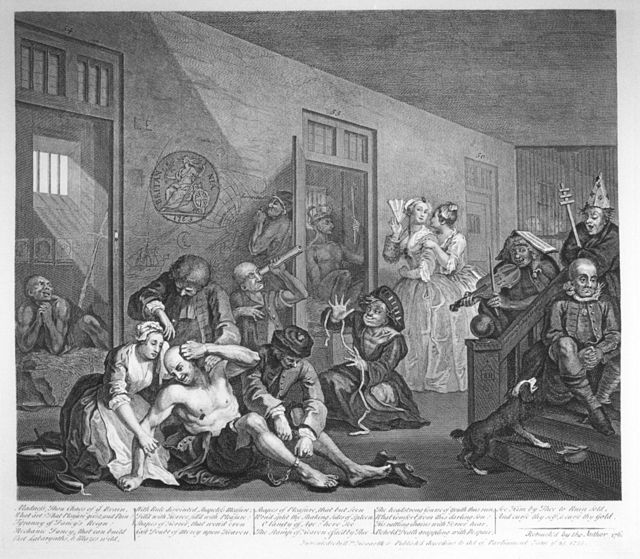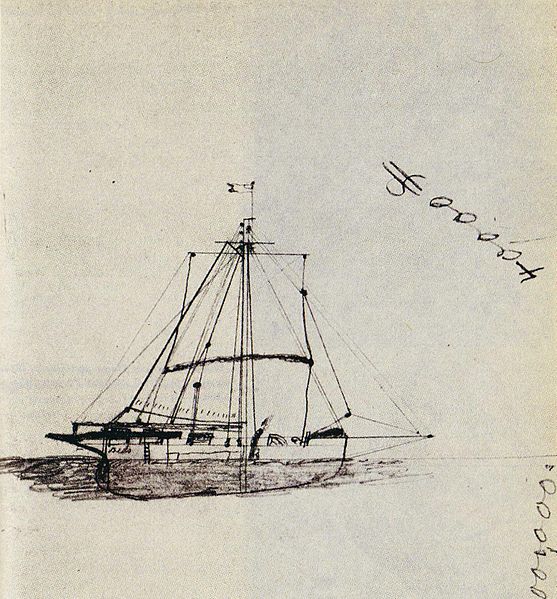R v Woollin was a decision of the highest court of law-defining in English criminal law, in which the subject of intention in mens rea, especially for murder was examined and refined.
R v Woollin
English criminal law concerns offences, their prevention and the consequences, in England and Wales. Criminal conduct is considered to be a wrong against the whole of a community, rather than just the private individuals affected. The state, in addition to certain international organisations, has responsibility for crime prevention, for bringing the culprits to justice, and for dealing with convicted offenders. The police, the criminal courts and prisons are all publicly funded services, though the main focus of criminal law concerns the role of the courts, how they apply criminal statutes and common law, and why some forms of behaviour are considered criminal. The fundamentals of a crime are a guilty act and a guilty mental state. The traditional view is that moral culpability requires that a defendant should have recognised or intended that they were acting wrongly, although in modern regulation a large number of offences relating to road traffic, environmental damage, financial services and corporations, create strict liability that can be proven simply by the guilty act.

The Old Bailey, set on the old fortifications of the London wall, hears Crown Court trials for London. The statue of Lady Justice is meant to symbolise fairness and impartiality.
An English court room in 1886, with Lord Chief Justice Coleridge presiding
William Hogarth's A Rake's Progress, depicting the world's oldest psychiatric hospital, Bethlem Hospital
Sketch of the Mignonette by Tom Dudley from R v Dudley and Stephens





